// Platform News & Updates
Raynet One Data Hub 2025.3
Date: 6. October 2025
Trends, Green IT, and Safer Data Access
This release focuses on practical gains in visibility, sustainability, and governance: default retention of three snapshots for historical analysis, energy consumption enrichment via Raynet One Technology Catalog, unified data access controls for precise sharing, extended Oracle coverage, and a redesigned Transformation Designer for faster, clearer pipelines.
Historical Data
With this release Raynet One Data Hub provides more advanced historical data sets by default. This enables:
- Trend analysis: Quickly compare how your data evolves over long time periods
- Richer dashboards: Visualize historical changes, not just the latest state
- Broader insights: Access historical data via both the Raw Data Viewer in the UI and the REST API
A full copy of previous snapshots is preserved and can be browsed anytime, providing a more reliable foundation for audits, reporting, and optimization.

Hardware Energy Consumption
Thanks to the advanced integration of the Raynet One Technology Catalog, the Raynet One Data Hub can now provide energy consumption insights based on hardware discovery and inventory data, enabled by the automatic hardware normalization and enrichment offered by the Technology Catalog.
- Assess the energy efficiency of hardware portfolios,
- Spot cost-saving and sustainability opportunities,
- Strengthen alignment with Green IT initiatives.
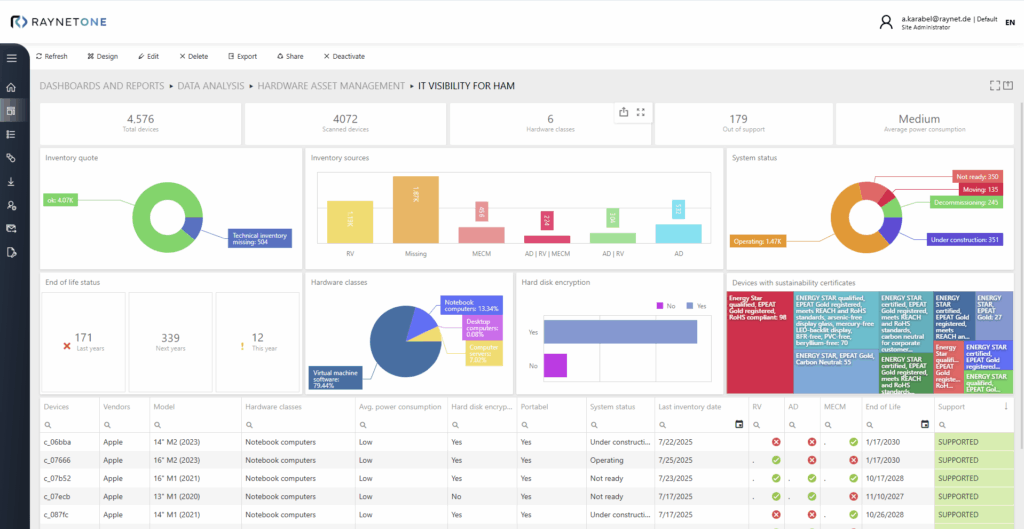
Extended Oracle Coverage
Improved Transformation Designer
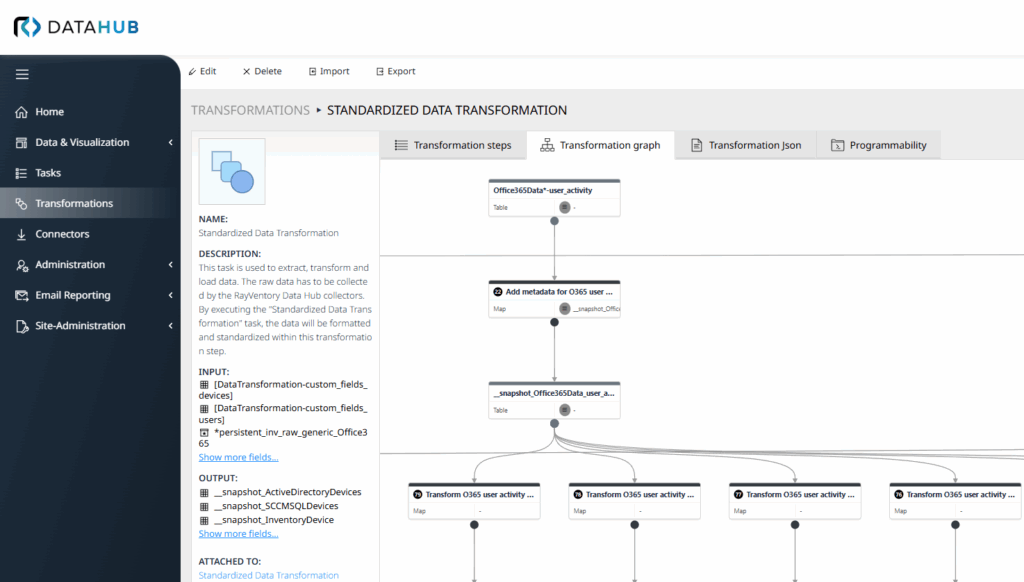
New controls simplify complex pipelines and improve overall efficiency, so standardization and maintenance become easier across teams.
Advanced E-mail notifications for Admins
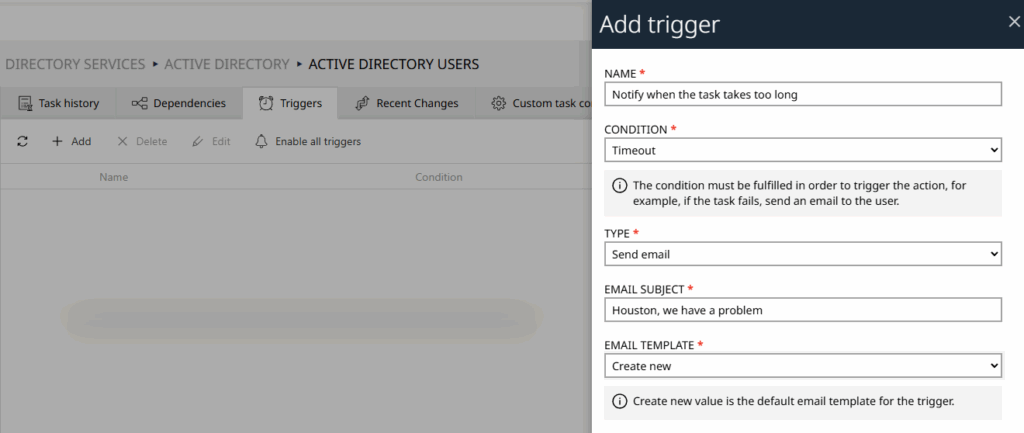
New Baseline reports
We’ve added several new baseline reports under the Data Analysis category, providing deeper insights into your IT environment and usage patterns:
- Applications per device
- Applications per user
- Computers
- Computers and devices
- Devices per remote server
- Operating system
- Users
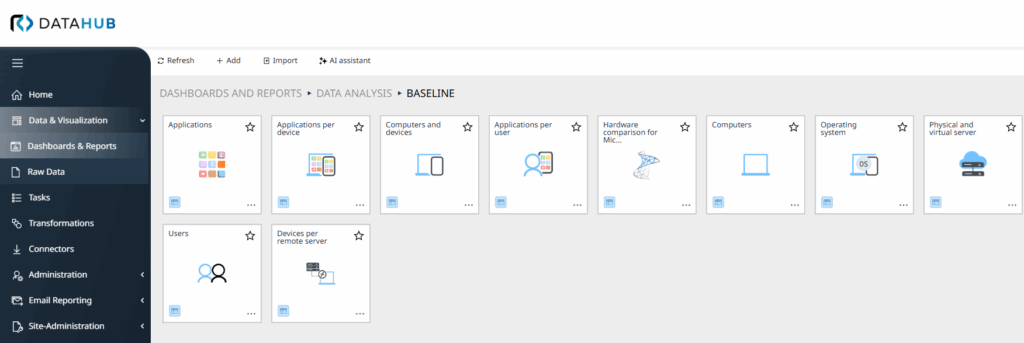
Unified Data Access Controls
Sharing enterprise data securely while avoiding noise is now simpler. With this release in Raynet One Data Hub, you can shape API results in two clean steps:
- Constrain the scope: Tie each API key to exactly the datasets it should expose. You can allow only specific tables and, within them, only the records that matter, turning least-privilege into the default.
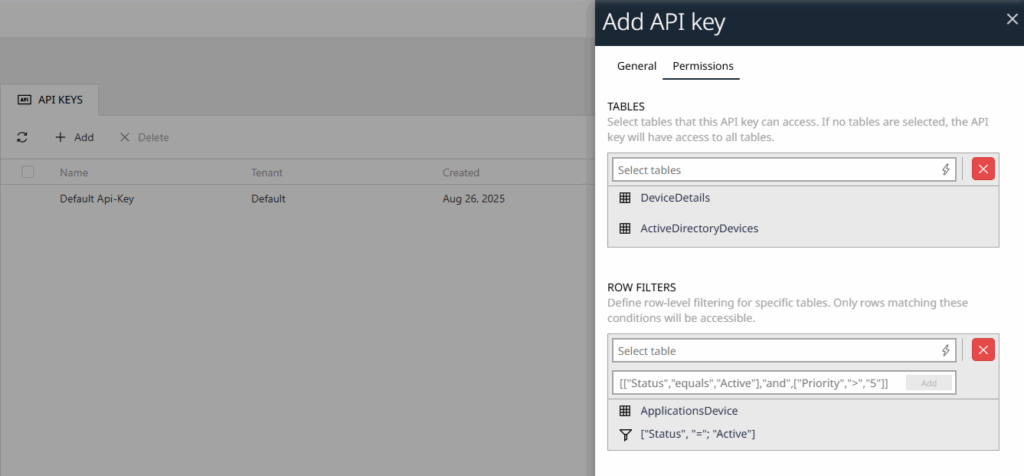
- Filter for purpose: Request just the relevant slice of data in your calls. Filtering is handled on the server, respects your access rules, and plays nicely with paging so responses stay fast and focused.
This unified approach delivers:
- Secure sharing: Clear boundaries on who sees what.
- Efficient integration: No over fetching; only the data your workflow needs.
- Simple governance: Separate keys and rules per team or application.
Use Case Scenarios
1. Sustainability & Green IT
Detect inefficient hardware and optimize energy usage across your fleet.
2. Licensing & SAM
Automate Oracle compliance and reduce audit risks with detailed telemetry.
3. Cybersecurity & Data Minimization
Ensure least-privilege access with scoped, filtered API keys for internal and external use.
4. Operations & Dashboards
Use historical snapshots to support monitoring, root cause analysis, and automated alerting.
Mini FAQ
What’s the practical value of historical data snapshots?
How does the Technology Catalog support Green IT?
What’s new about the Transformation Designer?
Why are the new API access controls important?
Summary & Next Steps
Raynet One Data Hub 2025.3 delivers practical innovation: enhanced visibility, sustainable insights, and robust governance. With enriched Oracle telemetry, historical snapshots, and granular API controls, your IT operations become more agile, secure, and aligned with business goals.
Request a personalized demo or explore more at www.raynet-inc.com


